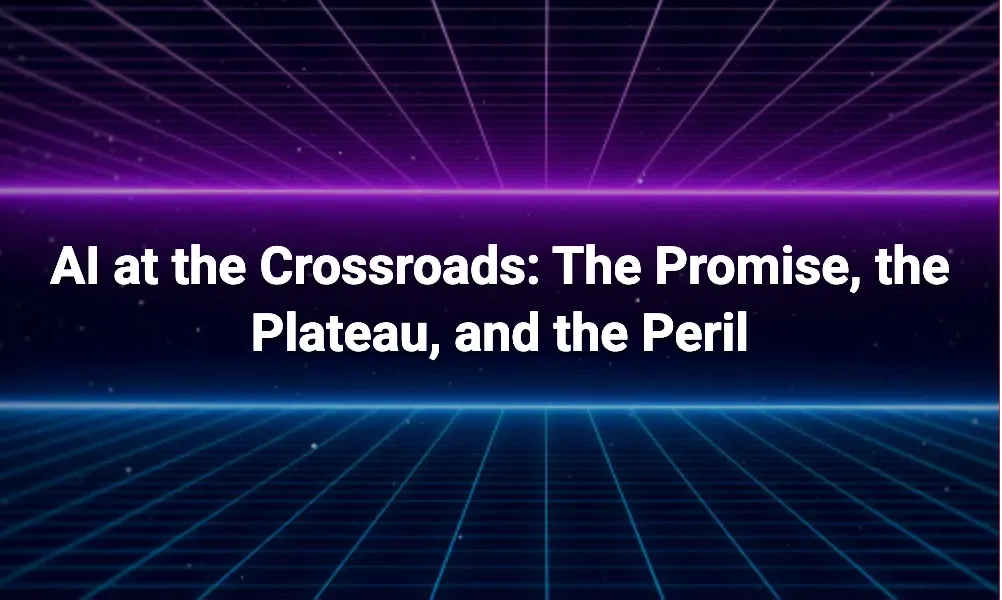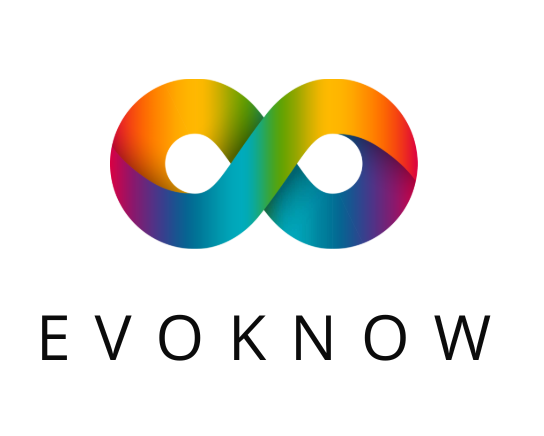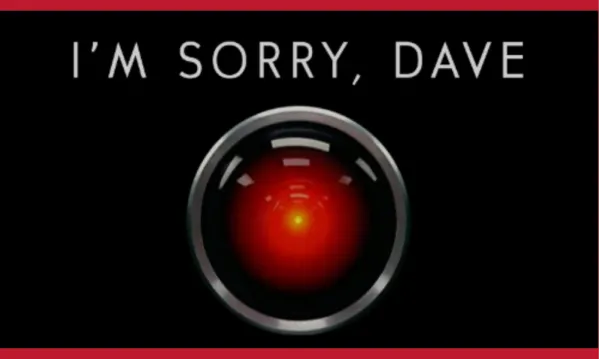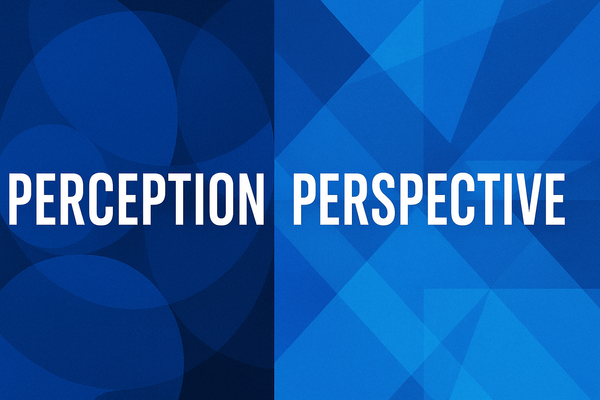AI at the Crossroads: The Promise, the Plateau, and the Peril

It was supposed to be the dawn of a new era.
When GPT-5 arrived, the headlines promised brilliance: faster thinking, deeper reasoning, flawless memory, and the kind of autonomy that could turn a chatbot into a trusted partner. But within weeks, the AI community was split. Some marveled at its coding prowess and sleek multimodal tricks. Others saw only a hollow upgrade—less capable, more forgetful, and prone to the very errors it claimed to have solved.
In the shadow of the hype, an unexpected hero emerged. GPT-5-mini, the budget sibling no one expected to steal the spotlight, began quietly outperforming rivals at a fraction of the cost. And while the flagship faltered in the court of public opinion, the mini model ignited talk of a different kind of AI revolution—one driven not by sheer scale, but by accessibility and efficiency.
Yet beneath the product launches and marketing gloss, a deeper shift is taking place. The rise of agentic AI—systems that can sense, decide, and act on their own—has introduced a new frontier of possibility and peril. These autonomous agents can book meetings, manage workflows, even collaborate with one another without human hand-holding. But the same autonomy that makes them powerful also makes them dangerous. Security researchers are already tracking a wave of potential threats: agents impersonating one another, poisoned memories that warp their actions, and jailbreak attacks born from multi-agent conversations. In this new landscape, even old problems like bias and hallucinations carry amplified risk.
What follows is a closer look at this moment of transition: where AI stands after GPT-5, why the hype curve may be flattening, and what must happen next to keep innovation from outpacing safety. Because this time, the stakes are not just about smarter answers—they’re about whether the machines we build can be trusted at all.




